What is Customer lifetime value and how to calculate it
Contributors:
Chandala Takalkar
Published: August 14, 2018

Regardless of whether you’re a small café owner or a sales manager of an international company, truly understanding your customers enables you to make informed, critical decisions about sales, marketing, and your brand.
Okay, you think you know your customers, but do you really?
Some of the most interesting data your business can produce is measuring your customers’ lifetime value. And sometimes, the results can surprise you!
SO, WHAT IS A CUSTOMER’S LIFETIME VALUE?
Lifetime value is the estimated revenue a customer will generate during their entire lifetime with your company. Calculating the lifetime value (LTV) of customers is a great way to budget your future marketing, retention, and new customer acquisition costs.
LTV research reveals how much your customers spend, how often they spend and what marketing ploys inspire them to buy more or become those favourite regulars you see every day.
Learn which other metrics can help you to evaluate your marketing efforts.
Understanding your customers allows you to position your brand more effectively. Thus, be more productive with your time and money.
There are many complicated ways to determine your customers’ lifetime value, but the simplest way is to average your variables.
You should use a pool of loyal, regular customers for your research, to make it as accurate as possible.
To understand the impact of CAC on your revenue, you also need to know how long customers will stick around and how much money they will add to your company—in other words, their lifetime value.
The truth is, some customers are worth more to your company than others. The way you distinguish between the unprofitable, the profitable, and the most profitable customers is LTV. This metric offers vital insights about how much and where you should be spending money to acquire new customers.
Understanding your LTV helps you improve customer acquisition efforts because it can help you determine which acquisition channels are most effective for your business.
For example, cheaper acquisition channels often bring in a higher proportion of clients that quickly churn out, whereas more expensive customer acquisition channels add longer-term clients.
However, because this isn’t always the case, it’s important to know the LTV of clients from each channel to see which channels are the most profitable for the company. Keep in mind that it doesn’t necessarily have to be one or the other, and could be a mixture.
LTV can also help you discover when to put safeguards in place, like automatic emails or loyalty offers, to retain customers after the time they would typically churn out. LTV helps you decide which customers are worth spending more money on with retention marketing campaigns or initiatives.
Customer lifetime value is one of the most important metrics in your tool belt if you’re an business owner.
We all know that it’s costlier to acquire new prospects than to retain existing ones – thus extending your CLV is central to a healthy business model(customer lifetime value model) and customer retention strategy.
Don’t believe us? Here are five reasons why employing CLV as a central metric is vital if you want to increase profitability, retention and overall business success.
1. Generate real ROI on customer acquisition
CLV helps you focus on the channels that give you the best, most profitable customers. You should be optimising your marketing channels in terms of the lifetime value a customer contributes to your brand, rather than the gross profit on the initial purchase.
You are therefore trying to maximise your customer lifetime value in relation to your cost of customer acquisition (CLV:CAC).
Focusing on CLV will change the economics of your customer acquisition strategy. Suddenly you can pay a lot more to acquire a customer because you are not held back by the profit generated from a single purchase, but from the purchases made over a lifetime with your brand.
Information about your customers with the highest CLV (known as your VIP customers) will also give your insight into exactly who you should be targeting in terms of demographic.
Factoring CLV into your strategy is a recipe for success, and will leave all your less data-driven competitors in the dust while you’re busy ruling and dancing in your business disco (which you threw because you rule).
2. Enhance your retention marketing strategy
The value of a marketing campaign (for example, one aimed at turning your one-time purchasers into repeat customers) should not just be valued on the instant revenue they drive. It should be valued in terms of what impact it had on the average CLV of the segment of customers you are targeting.
How did it alter the trajectory of CLV over time for an average customer? To calculate this, you’ll need accurate predictive analytics so that you can see how predicted CLV is influenced by different marketing actions.
3. Create more effective messaging, targeting & nurturing
Segment your customer base by CLV so that you can improve the relevance of your marketing with more personalised messaging.
A useful variable to use here would be the types of products you market to your customers from different segments.
4. Improve your behavioural triggers
By organising data into natural groupings (or clusters) you can discover the behavioural triggers that incentivised your best customers to make their first purchase.
Once you’ve taken a look at your beautiful results, you should be trying to replicate this behaviour with your prospective customers in order to turn them into first-time purchasers.
5. Improve output from customer support
Focus your time on giving special attention to your most valuable customers. Never forget Pareto’s handy little principle: 20% of your customers generate 80% of your revenue.
Using CLV to identify your most valuable customers will help you decide where to direct your customer service resources. Paying attention to your most valuable (and profitable) customers will help you push up margins, at the same time as fostering strong relationships through better service with your most important segment.
THE EASY WAY TO CALCULATE YOUR CUSTOMER LIFETIME VALUE
Customer lifetime value calculations become much easier when you break them down into digestible chunks, and explain each step along the way. We will start with how to get the variables you need and then move to the individual components of the calculation.
All calculations can be done using weeks or months just be sure to adjust the equations to reflect the time period you are working with.
Variables You Need
We will start with the calculations you need before you look at CLV.
1. Average Order Value (AOV)
Average order value (AOV) is pretty self-explanatory, it gives you the average of how much is spent on your site with each new order made. This metric is actually very important on its own as it can help you decide on whether you should be trying to increase your order frequency or increase your average order value.
2. Purchase Frequency (f)
Purchase frequency (f) will tell you how many times a customer will purchase from your store in a given time period. For our simplified business CLV calculation, we’re going to look at everything from an annual perspective. This means that if you take the number of orders in the past year and divide that by the amount of unique customers that made an order in the past year, you’ll get the amount of times the average customer purchases from your site within a 1-year span.
Again, this metric is very important as it tells you how frequently your customers are making purchases from your site and whether or not they’re returning. Increasing your purchase frequency is quite a great growth strategy and can be done quite effectively through a few easy tactics.
3. Customer Value (CV)
Before there is customer lifetime value, there is just customer value. This is the value of a customer’s average order multiplied by their purchase frequency. This will give you the value of a customer during the time frame you used to calculate average order value (AOV) and purchase frequency (f), which for us was 1 year.
4. Customer’s Average Lifespan (t)
This final piece of customer lifetime value may be the hardest one to accurately calculate. A customer’s average lifespan or (t) is the average time a customer remains active before they drop off and go “dormant”. Meaning that if the time between a customer’s first and last purchase is 365 days, then (t) would be equal to 365.
Instead of attempting to calculate this complex metric, we strongly recommend following the advice of proven business experts. Shopify and analytics guru Avinash Kaushik have determined 1-3 years to be a reasonable timespan for which customers remain active.
For stores who know their customers have a limited attention span, such as certain hobby niches like trading card games or brain teaser puzzles, a shorter span like 1 or 2 years may be appropriate. For a clothing brand that continues to pump out fresh and new designs for years to come, your customers will most likely stay loyal for longer and continue to represent the brand for closer to 3 years.
The Customer Lifetime Value Formula
Now that we have the variables we need, we can look at how to discover the lifetime value of each customer! Here is the simplest way to calculate your store’s CLV:
By multiplying your customers annual value by how long the customers actually remain active, you get an accurate number for how valuable each customer is over their whole lifespan of being your customer. This number is incredibly valuable for you as it will tell you how much you should be looking to expense to acquire each new customer, and how much you should pay to keep them on as a loyal follower.
To simplify the things for you, here is an easy calculator for CLV. Just inputs the values and viola, the answers are ready for you.
CUSTOMER LIFETIME VALUE CALCULATOR
THE LIFETIME VALUE OF YOUR CUSTOMERS – DOES IT HELP YOUR BUSINESS
By establishing how profitable your customers are, you can determine what your marketing budget should be to acquire them. There’s no point spending lots of money on flashy advertising if it brings in cheap buyers who do not return.
Loyal, high spending customers may take more money and time, plus an in-depth marketing strategy to acquire, but they will be more profitable over their lifetime with your business.
Customer Lifetime Value Example:
The office across the road holds 25 coffee drinking employees.
It’s better to get their regular loyalty than advertising for a customer who doesn’t often come to your café.
Or, if a sales rep for a large beer company approaches a popular chain of thirty restaurants, it will take a lot of time and effort to lock down the buyer, make an agreement and eventually close the sale.
However, the LTV of a thirty restaurant chain will prove much more profitable than a small restaurant that opens for dinner two nights a week.
Are these potential customers worth the investment?
That’s what your LTV research will tell you because it will predict the future behavior and spending of buyers.
You can also substantially increase profits by focusing on improving customer lifetime value.
We all know that acquiring new customers is costlier than retaining them. So, the best way to increase LTV is to create brand satisfaction and happy buyers that return time and time again.
Have you ever wondered why your favorite coffee shop has free Wi-Fi, comfy chairs, and great perks? While one coffee may cost $5, retaining a customer’s business over 7-10 years could be a LTV of $10,000.
Isn’t that worth free Wi-Fi?
CONCLUSION
By increasing customer retention efforts, you can substantially increase lifetime value and therefore long-term profits. It’s not just about your product, but the staff, the atmosphere, the support, and the brand.
So, the best way to predict your business success is to determine the lifetime value of your customers. You’ll know where and with whom to focus your time and money.
Good luck!
About the Author
Copywriter
Chandala Takalkar is a young content marketer and creative with experience in content, copy, corporate communications, and design. A digital native, she has the ability to craft content and copy that suits the medium and connects. Prior to Team upGrowth, she worked as an English trainer. Her experience includes all forms of copy and content writing, from Social Media communication to email marketing.
 Growth Strategy and Planning
Growth Strategy and Planning Inbound Growth
Inbound Growth Growth Hacking
Growth Hacking Search Engine Optimization
Search Engine Optimization Paid and Performance Marketing
Paid and Performance Marketing Social Media Marketing
Social Media Marketing AI-Driven Growth Strategy
AI-Driven Growth Strategy
 Growth Tools
Growth Tools Offers
Offers









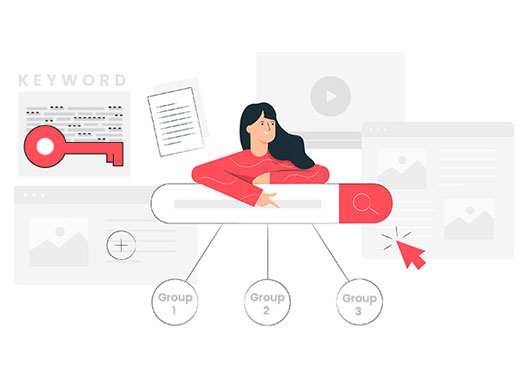
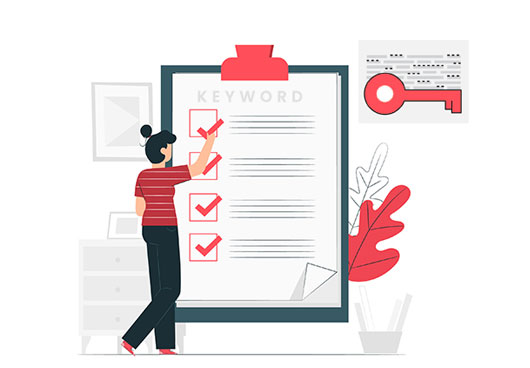

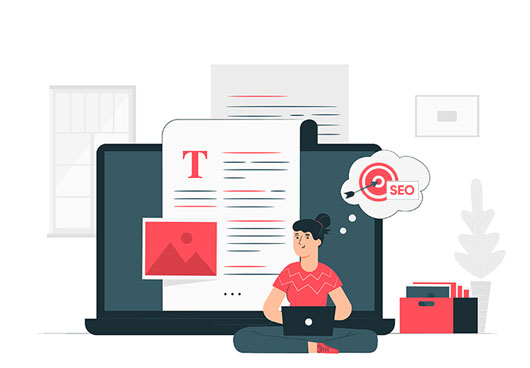
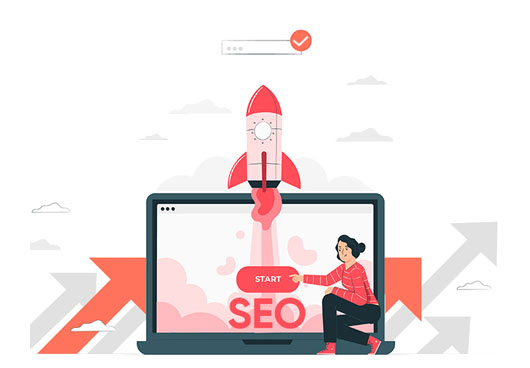
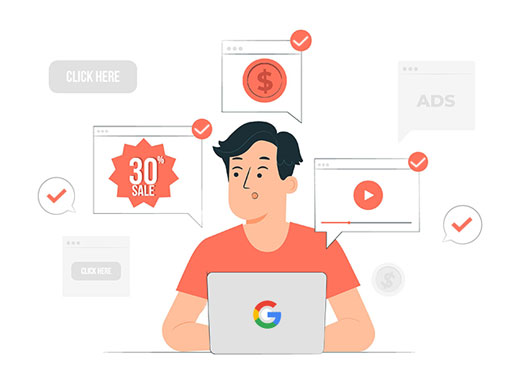

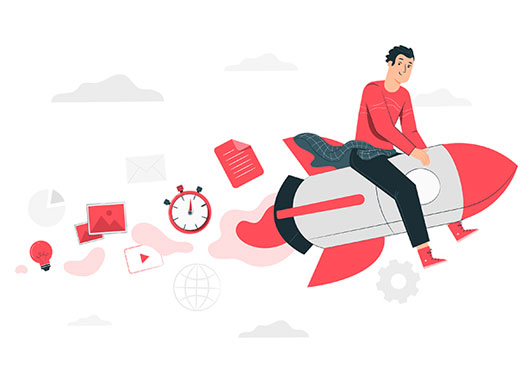

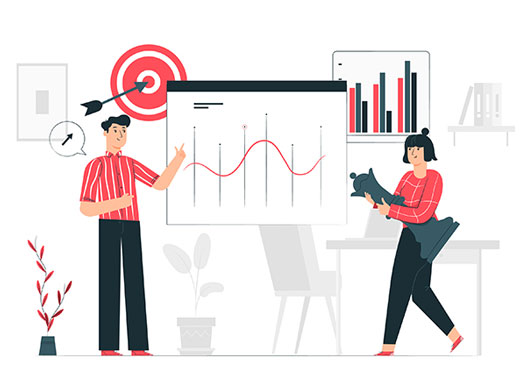
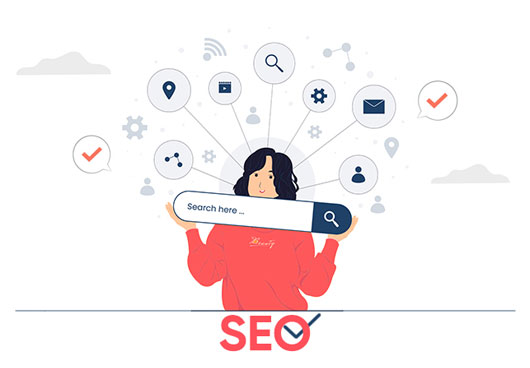


Leave a Reply